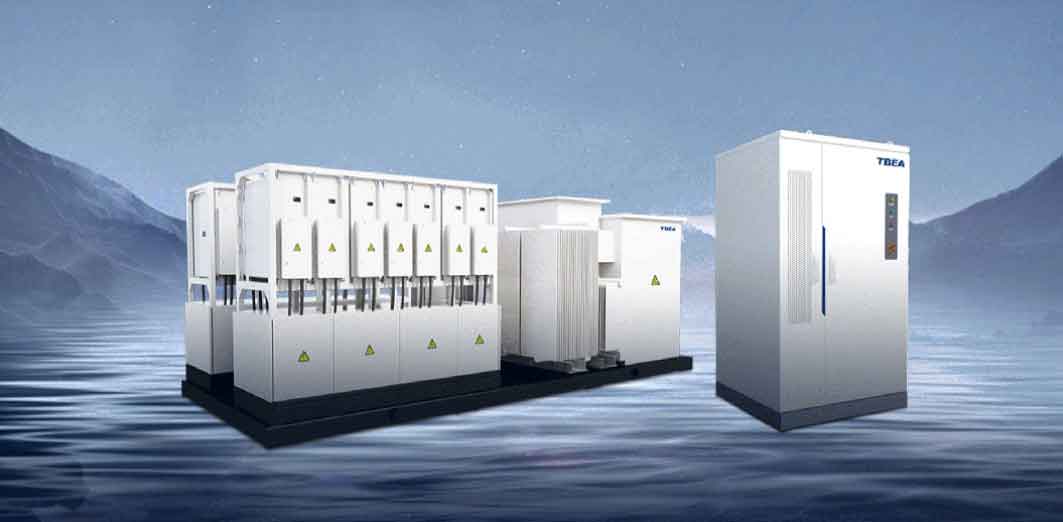Energy storage systems (ESS), particularly those that use batteries, require effective thermal management to ensure optimal performance, safety, and longevity. Cooling systems are integral to managing the heat generated during charging and discharging cycles. The two primary cooling methods used are liquid cooling and air cooling. Here’s a comparison of their advantages and disadvantages:

Liquid-Cooling Energy Storage System
Advantages:
- Higher Efficiency: Liquid cooling can remove heat more efficiently than air cooling. Liquids have a higher heat capacity and can absorb more heat, leading to more effective cooling even in compact spaces.
- Uniform Temperature Distribution: Liquid cooling systems can maintain a more uniform temperature across the battery system, which is crucial for the performance and lifespan of batteries. This uniformity helps prevent hotspots, which can degrade battery cells.
- Scalability: Liquid cooling systems are generally more scalable for larger installations, such as those needed in industrial applications or for grid-scale energy storage systems, where managing heat becomes increasingly challenging.
- Enhanced Safety: By effectively managing temperatures and reducing the likelihood of thermal runaway, liquid cooling can enhance the overall safety of energy storage systems.
Disadvantages:
- Complexity and Cost: Liquid cooling systems are more complex and expensive to design, install, and maintain. They involve pumps, radiators, hoses, and fluids, which can increase initial costs and maintenance needs.
- Potential for Leaks: There is a risk of leaks, which can lead to system failures or safety hazards. Ensuring system integrity over time requires meticulous maintenance and monitoring.
- Space Requirements: While effective in heat removal, the components of a liquid cooling system, such as the radiator and cooling circuits, require additional space, which may not be available in all settings.
Air-Cooling Energy Storage System
Advantages:
- Simplicity and Lower Cost: Air cooling systems are simpler and less expensive to design, implement, and maintain compared to liquid cooling systems. They rely on ambient air and fans, reducing the complexity of the system.
- Lower Maintenance Requirements: With fewer moving parts and no fluids to replace, air-cooled systems typically have lower maintenance needs and are easier to operate.
- Ease of Installation: Air cooling systems can be easier to install as they often require less space and infrastructure compared to liquid cooling systems.
Disadvantages:
- Lower Efficiency: Air has a lower heat capacity than liquid, making air cooling less efficient, especially in high-density battery configurations or in hotter climates.
- Temperature Variability: Air cooling may result in less uniform temperature distribution, potentially leading to hotspots that can degrade battery performance and reduce lifespan.
- Noise: Fans required for air cooling can generate significant noise, which may be a disadvantage in residential or quiet commercial environments.
- Less Effective in High-Temperature Environments: In environments where the ambient temperature is high, air cooling becomes less effective, limiting its applicability in certain geographical areas or in tightly packed installations.
Conclusion
The choice between liquid cooling and air cooling in an energy storage system largely depends on the specific requirements of the application, including factors like cost, space, efficiency needs, and environmental conditions. Liquid cooling is generally more suitable for larger, high-power applications where heat management is critical, while air cooling may be sufficient for smaller, less intensive applications where simplicity and cost are more important.
